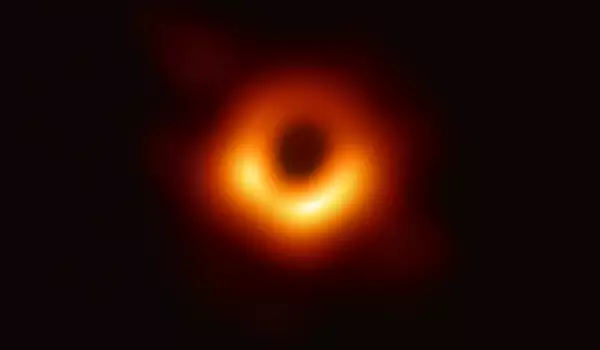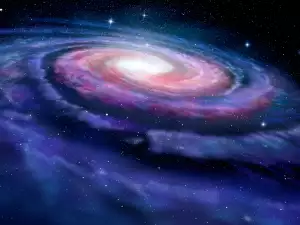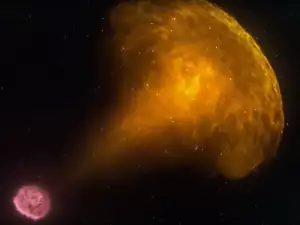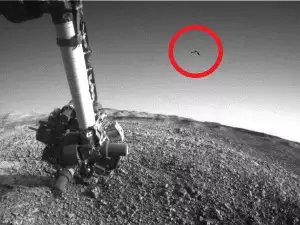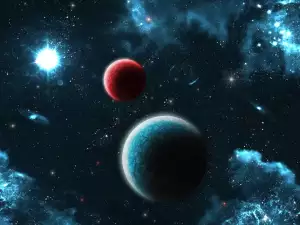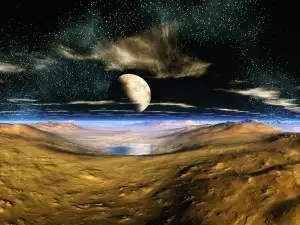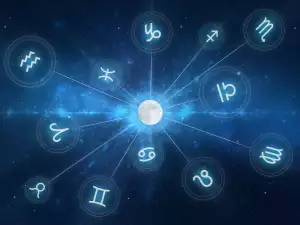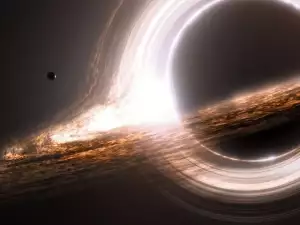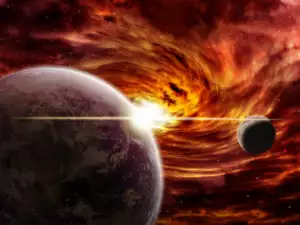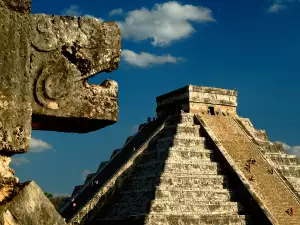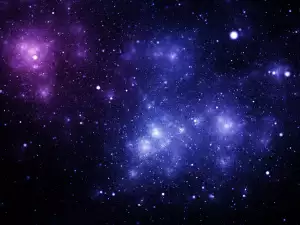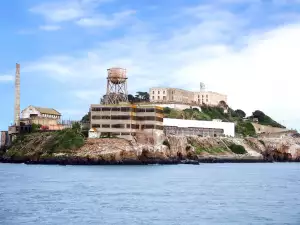Black holes were only known to scientists thanks to complex gravitational calculations and the numerous technological devices used to explore space. In essence, they were more of a theory.
But this has finally changed. Thanks to a decade of efforts, a group of scientists and the cutting edge technology of the Event Horizon Telescope, the first photo of a black hole, located in Messier 87, was taken - a galaxy 53 million light years from Earth.
The photographed black hole has a mass 6.5 billion times greater than that of the Sun, report the scientists who made the discovery. The image is visual proof of the presence of these cosmic phenomena and allows us to see something which was until recently thought to be unable to be seen.
"The history books will be divided into the times before the image and after it, " says Michael Kramer from the Max Planck Institute for Radioastronomy.
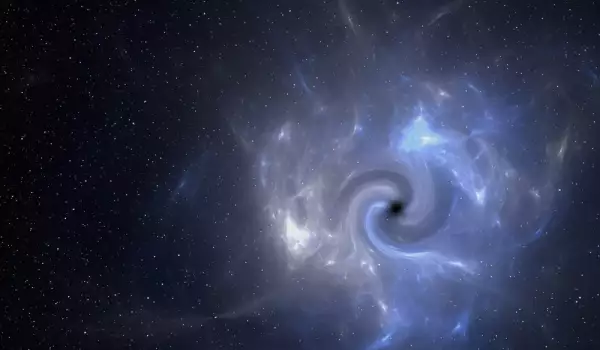
Even though it's just one photo, taking it took literally decades. In reality, the tremendous gravity of the black hole pulls in even light itself and makes taking a photo of it nearly impossible. So instead of focusing directly on the black hole itself, scientists focused on its shadow. More specifically, they looked at the celestial body's event horizon, the point beyond which even light cannot escape the powerful gravity of the black hole. The gas around this region is heated to billions of degrees, creating a silhouette whose form could be predicted by Einstein's theory of relativity.
This shadow is found in the center of the photo, surrounded by a circle of gas super-heated to a red color. One side of the image is brighter than the other. This is due to the black hole's orientation in relation to Earth.
The image was created thanks to high-tech radioastronomy. Most radioastronomy is done using telescopes that capture radio waves hitting Earth. But for the photo of the black hole, it took an exceptionally large device.
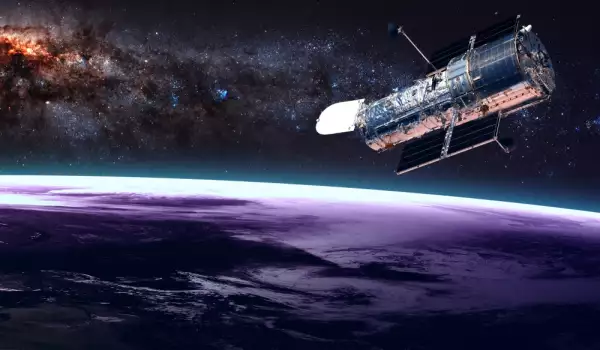
To capture the image, scientists modernized and connected 8 telescopes around the world in an array. These were located in areas that were at high elevations above sea level - from the Sierra Nevada in Spain, through the volcanoes of the Hawaiian islands, Mexico and mountains in Arizona, to the Chilean Atacama desert and Antarctica.
Managers of the project are professor Heino Falcke from the Radboud University in Nijmegen, professor Michael Kramer from the Max Planck Institute for Radioastronomy and professor Luciano Rezola from the Goethe University Frankfurt. Over 200 researchers from Europe, North and South America and East Asia helped them in their endeavor.
